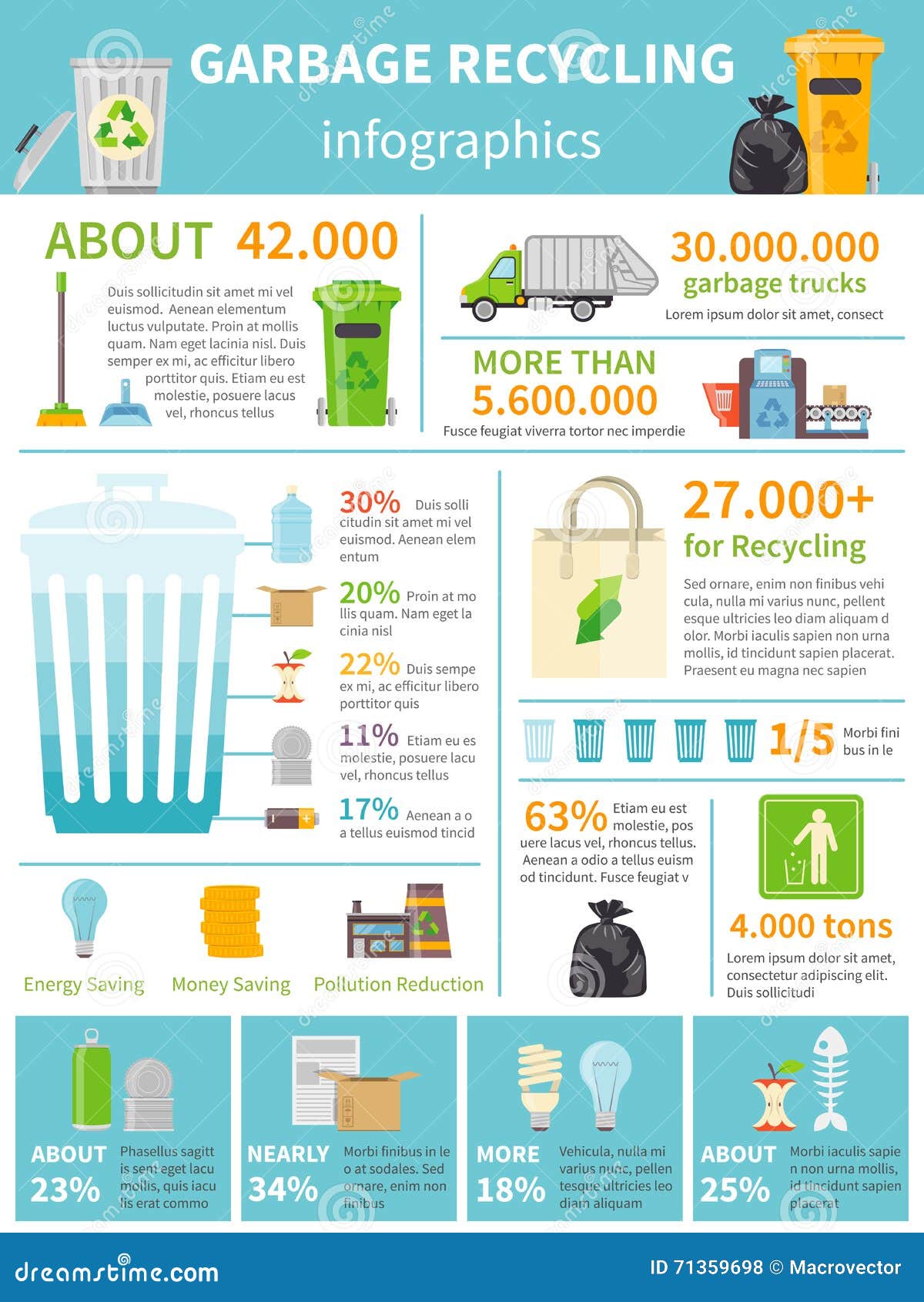Locating The Right Dumpster Size For Your Task: A Detailed Overview
Locating The Right Dumpster Size For Your Task: A Detailed Overview
Blog Article
Article Developed By-Galloway Duckworth
When embarking on a task that needs a dumpster, the size you choose can considerably influence its efficiency and cost-effectiveness. Picture having the perfect container that accommodates all your waste without being exceedingly huge or as well tiny. All of it beginnings with understanding the subtleties of your job and picking a dumpster size that lines up with your particular needs. So, before you decide, think about the variables at play to make certain a seamless waste monitoring procedure throughout.
Factors to Think about
When choosing the ideal dumpster dimension, there are a number of crucial variables to take into consideration.
First, think of the kind of waste you'll be disposing of. Various materials may require varying quantities of space, so comprehending what you'll be putting in the dumpster is critical.
Next off, assess the amount of waste you anticipate to produce. If you undervalue the volume, you may require to make several journeys to dispose of every little thing, which can be inconvenient and costly. On the other hand, renting a dumpster that's as well big can result in unnecessary costs.
Furthermore, think about the space where the dumpster will be put. Make certain there's enough area for the dumpster to be delivered and gotten with no obstructions.
Lastly, think about any kind of weight constraints that may use. Exceeding the weight limitation can cause extra charges and even the refusal of service.
Dumpster Dimension Choices
For selecting the right dumpster size, it's necessary to have a mutual understanding of the offered choices. Dumpster dimensions generally range from 10 to 40 cubic lawns, with variations in between.
A 10-yard dumpster is suitable for tiny tasks like a garage cleanout or a small restoration. If you're dealing with a medium-sized job such as a kitchen remodel or a cellar cleanout, a 20-yard dumpster might be the best choice.
For trash dumpsters for rent near me like a whole-house restoration or commercial building and construction, a 30 or 40-yard dumpster could be better to fit the volume of waste generated.
When choosing a dumpster size, consider the amount and type of debris you expect to throw away. It's far better to select a slightly larger size if you're unclear to prevent overfilling. Remember, it's more affordable to rent out a dumpster that fits your requirements instead of needing to get an extra one.
Matching Size to Project
Efficiently matching the dumpster size to your task is crucial for reliable waste monitoring. To identify the ideal size, take into consideration the scope and nature of your job.
For tiny family cleanouts or remodellings, a 10-yard dumpster may suffice. These are normally 12 feet long and can hold around 4 pickup tons of waste.
For bigger jobs like remodeling several spaces or cleaning out a big estate, a 20-yard dumpster could be more suitable. https://junk-removal-container-se98765.blogcudinti.com/31449210/when-deciding-on-a-scrap-removal-service-focus-on-factors-like-their-track-record-the-cost-of-services-and-their-green-methods-to-make-sure-a-wise-decision are around 22 feet long and can hold around 8 pickup lots.
If you're taking on a major building project or business remodelling, a 30-yard dumpster could be the most effective fit. These dumpsters are about 22 feet long and can fit concerning 12 pickup lots of debris.
Matching the dumpster dimension to your task guarantees you have enough area for all waste materials without overpaying for extra capacity.
Conclusion
To conclude, selecting the appropriate dumpster size for your job is essential for effective garbage disposal. By taking into consideration variables like the kind and quantity of waste, area accessibility, weight limitations, and budget restrictions, you can guarantee you have the suitable size dumpster for your demands. See to it to match the dimension of the dumpster to the scope and nature of your project to prevent overspending on unnecessary costs.
